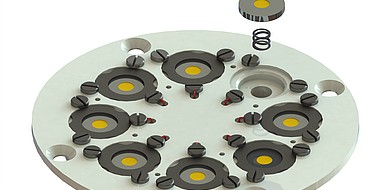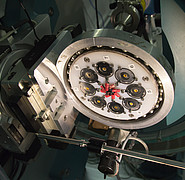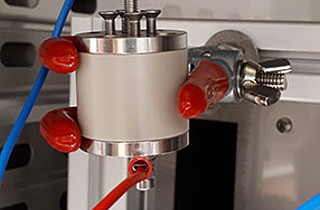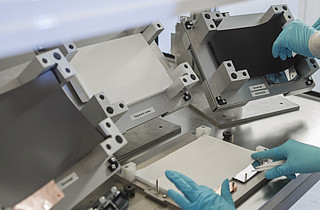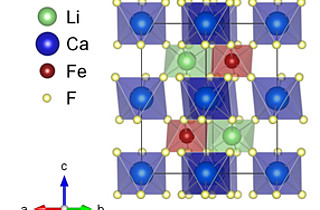Fast battery inspection
Small electronic devices have become permanent parts of our everyday life. Pocket calculators, wrist watches or hearing aids – most of these devices are powered by button cells as energy stores. To develop these batteries further and make them more powerful, scientists study the aging processes as well as the materials properties or the charging behavior of these batteries.
State of the art
Their analyses often use X-rays or synchrotron radiation because diffraction of that radiation allows insights to be obtained into the interior of button cells. The test setups of these radiation measurement stations are often complicated. For measurements to be free from faults, different battery cells must be positioned accurately in a support and attached to cables. The holding devices currently available make this a time-consuming procedure. Moreover, only one sample can be measured at a time. Also, the beam time available for diffractometric measurements is limited.
Technology
Scientists of the KIT Institute for Applied Materials (IAM), in close cooperation with the Leibniz Institute of Solid State and Materials Research in Dresden, have developed a holder in which the in-situ analysis of batteries by X-ray or synchrotron radiation is made more efficient. A round battery carrier which can be rotated about its center axis allows several samples to be set up in the beam path of a diffractometer in a short period of time. A spring in the sample holders ensures that cells of different heights can be clicked on or off reproducibly in a matter of seconds. The cover and the sample shaft of the holder have an opening allowing the beam to pass. Printed conductors and combined cables allow these components to be kept outside the beam path when the holder is turned.
Advantages
The advantage of this holder: Scientists can conduct analyses in a less time-consuming way, more efficiently and more flexibly.
Options for companies
The device can be used for temperature-dependent measurements and for a variety of analytical techniques, especially for powder diffraction, but also for Mößbauer, Raman or X-ray absorption spectroscopy. The KIT is looking for partners for further development and application of the method.
Your contact person for this offer

Innovation Manager Energy Karlsruhe Institute of Technology (KIT)
Innovation and Relations Management (IRM) Phone: +49 721 608-25335
Email: pelisson-schecker@kit.edu

